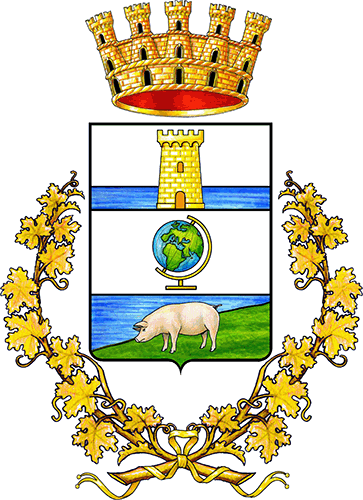
dal 1996 in continua innovazione tecnologica!
Sfrutta tecnologie avanzate per avere un sito web ottimizzato al 100%

Pachino is an Italian municipality of 21,792 inhabitants in the province of Syracuse in Sicily.
The name derives from the Phoenician pachum, which means "guard". According to Fazello, the origin derives instead from the Greek paxus, which means "fertile". But there are other theories: according to Monsignor Sultano, the meaning goes back to the Greek name Paxus Oinos, which means "abundant land of wine"; the Figure, referring to the island of Capo Passero, makes it derive from the Greek Paxeia Nesos, meaning "island with a large circumference". Pachino is the city that hosts the IGP cultivation of the cherry tomato, known as Pachino.
It also gave birth to the great twentieth century writer Vitaliano Brancati whose home can still be found near the square.
Marzamemi is the seaside village of Pachino. Its name derives from the Arab Marsa-al-hamem, which means "torture bay", the last frontier of the island, extreme point of Sicily. In the beginning it was an Arab village. The center of Marzamemi, with its architecture (including the salt marshes, the tonnara and the first "Arab casuzze") date back to this first settlement.The current Marzamemi took shape and an official capacity in 1752, when the Prince of Villadorata to construct the palace, the loggia, the new tonnara and the church.
Monuments Pachino:
Mother Church SS. Crucifix: built in 1790 by the Marquis Vincenzo Starrabba for the Christian community, it has a simple structure comprising a single nave with a chapel on the right of the apse; the remains of Gaetano and Vincenzo Starrabba are preserved there. A restoration took place in 2010.
Torre Scibini: built in 1439 by Count Antonio de Xurtino to remedy the raids of Saracen pirates
Tonnara di Marzamemi: dates back to the time of the domination of the Arabs in Sicily; in 1630, it was sold by the owner to the Prince of Villadorata
Palazzo and Church of the tonnara: built in 1752
Palazzo Tasca: nineteenth-century building, which houses a charming courtyard paved with limestone bases.
source: wikipedia
